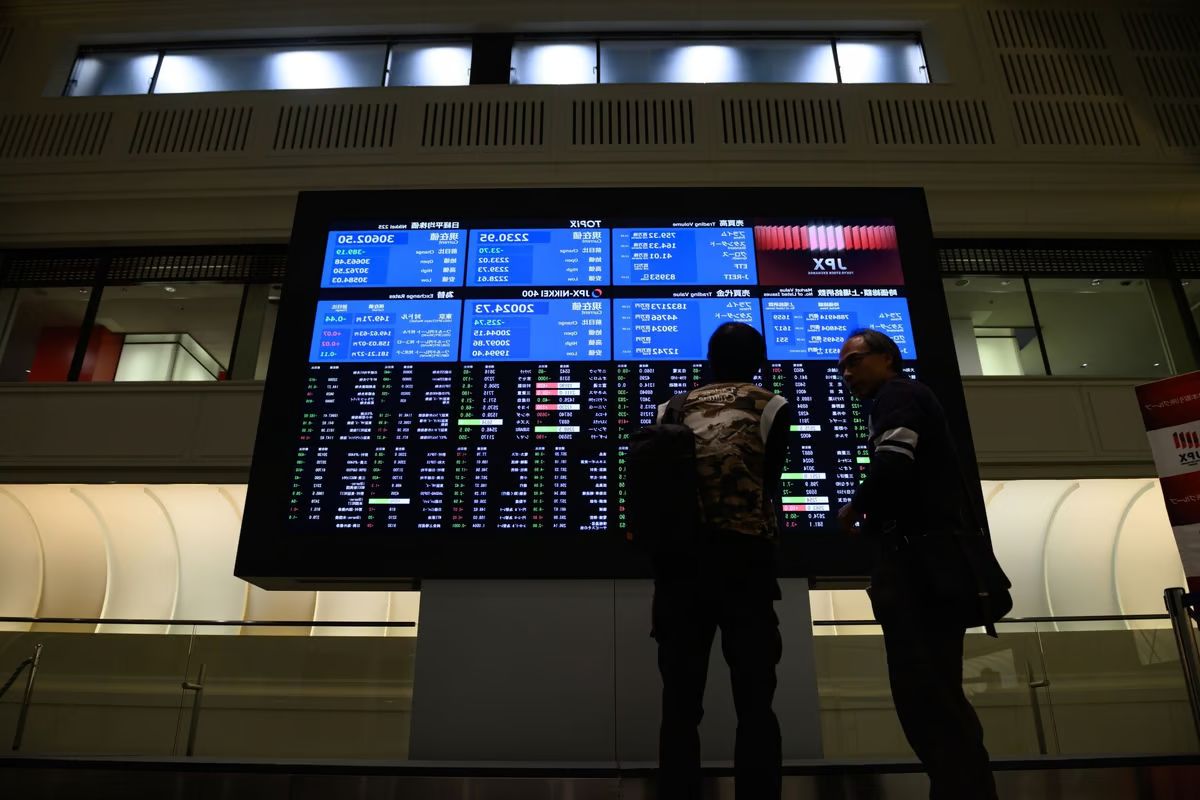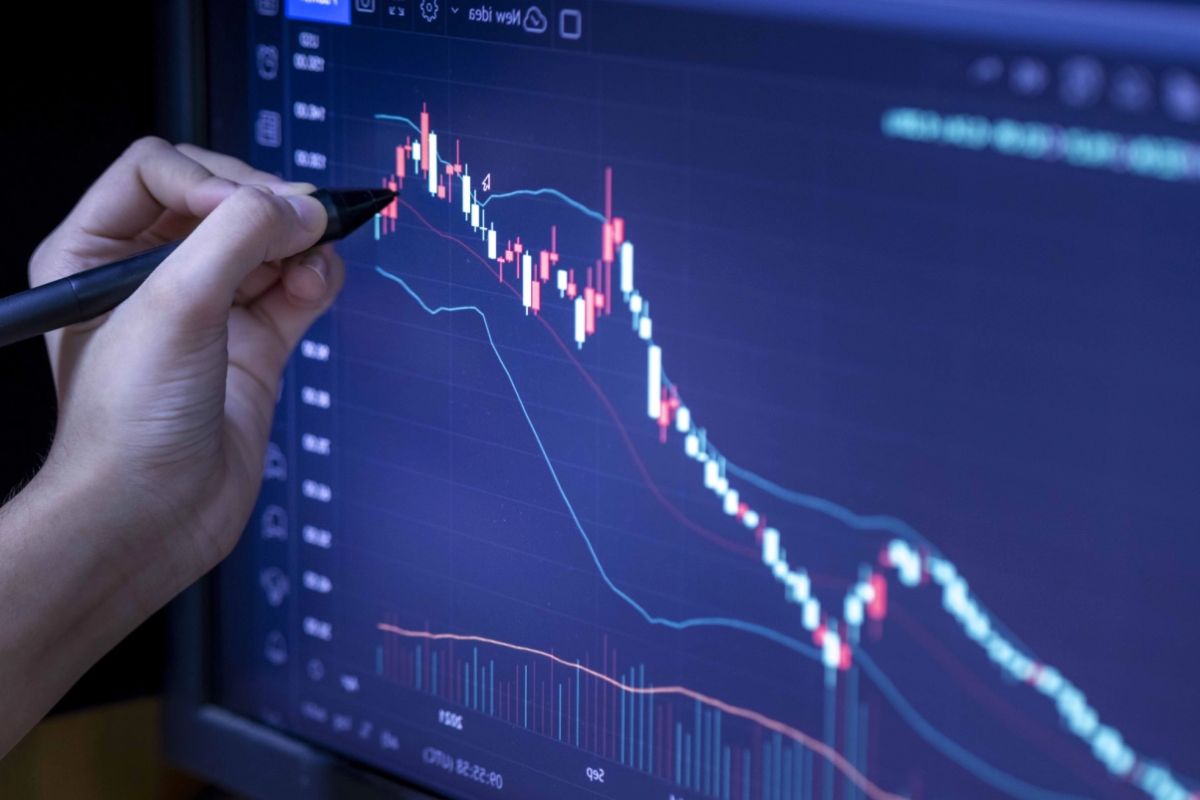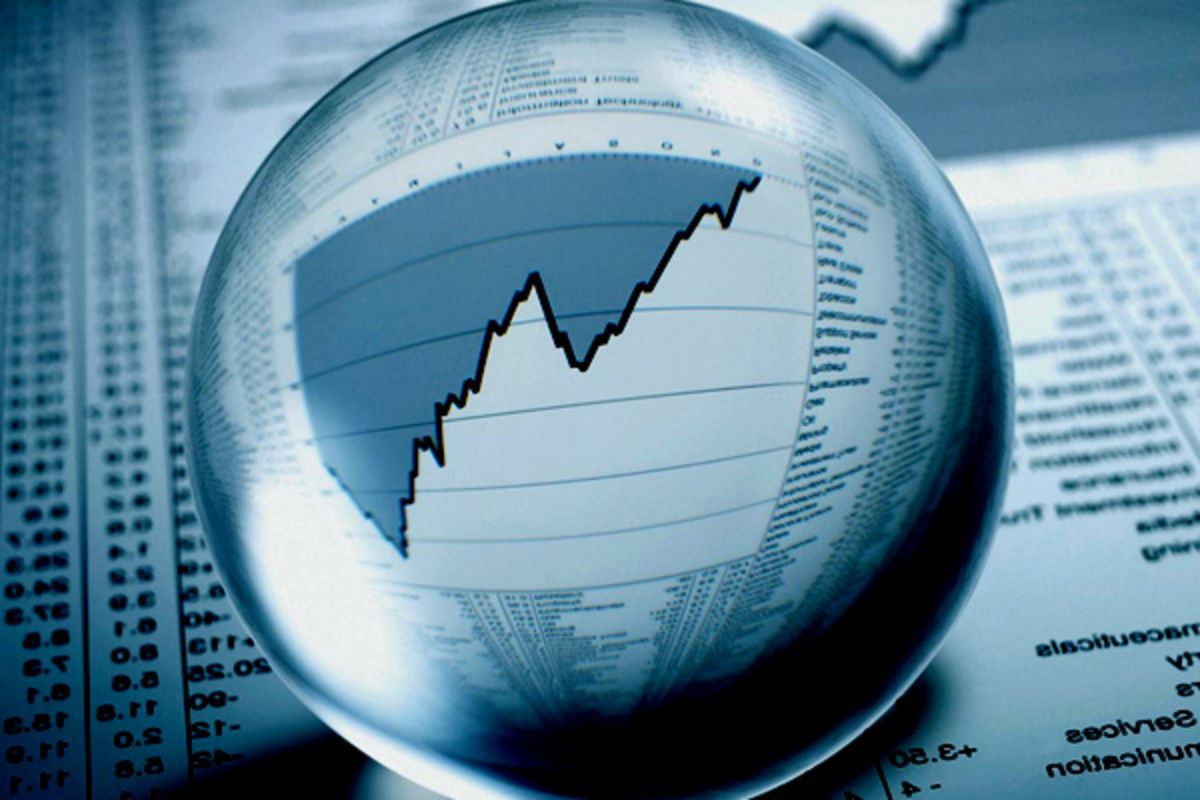Nikkei Hits 34-Year High: Nikkei, Japan’s benchmark stock index, has surged to its highest level in nearly 34 years, leaving global markets on edge and eagerly anticipating the release of U.S. inflation data. This impressive milestone is a testament to the resilience of the Japanese economy and its ability to recover from the challenges posed by the ongoing pandemic.
However, as investors and analysts closely monitor the trajectory of the Nikkei, there is a sense of caution in the air. The global markets are holding their breath, waiting to see how the U.S. inflation data will shape the course of monetary policy and potentially affect the delicate balance of the global economy.
With so much at stake, the next move in the market is uncertain, leaving investors and market participants on tenterhooks, seeking clarity and direction in an uncertain landscape.
Key Takeaways
- The Nikkei, Japan’s benchmark stock index, reached its highest level in nearly 34 years, surpassing the 34,000 mark for the first time since 1990.
- Exporters played a crucial role in driving this rally, taking advantage of a weakening yen.
- Bitcoin showed signs of stabilization after a surge triggered by a false report from the U.S. Securities and Exchange Commission, indicating the market’s maturation and resilience.
- Investor focus has shifted towards the eagerly awaited release of U.S. consumer price data, which will provide valuable insights into inflation trends and potential future monetary policy decisions.
Japanese Stocks Surge to Nearly 34-Year High: Nikkei Climbs 2%
Japanese stocks soared to a nearly 34-year high as the Nikkei index surged 2%, surpassing the 34,000 mark for the first time since 1990. This remarkable surge is a testament to the resiliency and strength of the Japanese economy.
Also Read: Nikkei Remarkable Rise: 2023s Best-Performing Market in Asia
Exporters played a crucial role in driving this rally, capitalizing on the advantage of a weakening yen. With a weaker currency, Japanese exporters become more competitive in the global market, boosting their sales and profits.
This surge in Japanese stocks also reflects the overall positive sentiment in the market, as investors are optimistic about the country’s economic recovery and the potential for further growth.
The strong performance of the Nikkei index not only bodes well for Japan but also sends a positive signal to global markets, indicating that the world economy is on a path towards recovery.
Bitcoin’s Stabilization Amid SEC-Related Volatility
Amidst the volatility caused by SEC-related news, Bitcoin has shown signs of stabilization. After experiencing a surge triggered by a false report from the U.S. Securities and Exchange Commission, which falsely claimed the approval of bitcoin exchange-traded funds, Bitcoin has managed to maintain a level of stability.
While the cryptocurrency market is known for its volatility, this recent period of stabilization is a positive development for Bitcoin investors. It indicates that the market is starting to mature and become more resilient to external factors.
Despite the false report that initially caused the surge, Bitcoin has managed to hold its ground and avoid any significant price fluctuations. This is a promising sign for the future of Bitcoin and the overall cryptocurrency market.
Market Focus on U.S. Consumer Price Data and Interest Rate Speculation
Investor focus has shifted towards the eagerly awaited release of U.S. consumer price data, as market participants closely analyze the implications for interest rate speculation. Here are some key points to consider:
- Market expectations for rate cuts are currently at approximately 140 basis points for the year, indicating a growing anticipation of a potential economic downturn.
- This level of expectation is higher than what the Federal Reserve‘s dot plot suggests, which indicates only 75 basis points of rate cuts.
- The divergence between market pricing and the Fed’s projections adds to the perception that market participants may be overly pessimistic about the state of the economy.
It is important to keep a close eye on the U.S. consumer price data release, as it will provide valuable insights into inflation trends and potential future monetary policy decisions.
The outcome of this data release will likely have a significant impact on interest rate speculation and could further drive market volatility in the coming weeks.
Geopolitical Tensions Drive Oil Prices Higher
Geopolitical tensions in various regions have driven oil prices higher, exerting upward pressure on the global market. Disruptions in the Red Sea and a production outage in Libya have contributed to this increase. U.S. and UK forces intercepted 21 drones and missiles fired by Yemen-based Houthis towards international shipping lanes in the Southern Red Sea, causing concerns over the security of oil supplies.
As a result, Brent crude futures rose by 1.9%, reaching $77.91 a barrel. This surge in oil prices can have far-reaching implications for the global economy, as it could lead to higher fuel costs, increased inflation, and potential disruptions in supply chains. Investors and market participants will closely monitor the geopolitical landscape, as any further escalations could continue to impact oil prices and create volatility in the market.
| Region | Geopolitical Tensions | Impact on Oil Prices |
|---|---|---|
| Red Sea | Disruptions, intercepts | Upward pressure |
| Libya | Production outage | Upward pressure |
| Global Market | Higher oil prices | Increased volatility |
Global Economic Considerations and Cautious Sentiment
When considering the current state of the global economy, it is crucial to navigate the complex financial landscape with a careful eye on global growth expectations and geopolitical considerations. Here are some key points to consider:
- Global growth expectations:
- The market is eagerly awaiting the U.S. inflation report, which will provide insights into the state of the world’s largest economy.
- Chinese lending figures are expected to reach a record high, indicating robust economic activity in the country.
- Geopolitical considerations:
- Geopolitical tensions continue to drive cautious sentiment in the market, with investors displaying hesitancy towards Chinese and Hong Kong equities.
- Ongoing policy accommodation in China has not significantly shifted investors’ cautious sentiment, as reflected in the low performance of the CSI300 index and the Hang Seng.
In this complex financial landscape, it is essential to carefully assess global growth expectations and geopolitical factors to make informed investment decisions.
Conclusion Of Nikkei Hits 34-Year High
The surge in the Nikkei and the stabilization of Bitcoin amidst SEC-related volatility reflect the cautious sentiment in global markets.
Investors eagerly await the release of U.S. consumer price data and speculation on interest rates, which will greatly impact market dynamics.
Furthermore, geopolitical tensions continue to drive oil prices higher, adding to the overall uncertainty.
These global economic considerations highlight the need for cautiousness and strategic decision-making in the current market environment.
Our Reader’s Queries
What happened in Japan 1989?
In April 1989, Japan implemented a consumption tax. However, by late December of the same year, the Bank of Japan (BOJ) tightened monetary policy by raising the official discount rate from 2.5% to 4.25%. This led to a decline in the value of the Japanese Yen against the US dollar, with the exchange rate dropping to as low as 145.06JPY/USD by September.
What was the Nikkei index in 1982?
In 2011, the Nikkei experienced a significant drop of over 17%, ending the year at 8455.35. This was the lowest year-end closing value the index had seen in almost thirty years, since it finished at 8016.70 in 1982.
What is the all time high of the Tokyo Stock Exchange?
The JP225, Japan’s primary stock market index, has seen a slight dip of 0.09% or 31 points since the start of 2024, as per the CFD tracking this benchmark index. The JP225 has previously hit an all-time high of 38957.44 in December 1989.
What was the Japanese stock market in the 1980s?
During the latter half of the 1980s, Japan experienced a significant increase in stock prices, which tripled, and land prices, which doubled. However, this surge in asset prices was short-lived and was followed by a sharp decline in stock prices in the early 1990s. Land prices also experienced a gradual downturn from mid-1990 onwards.




